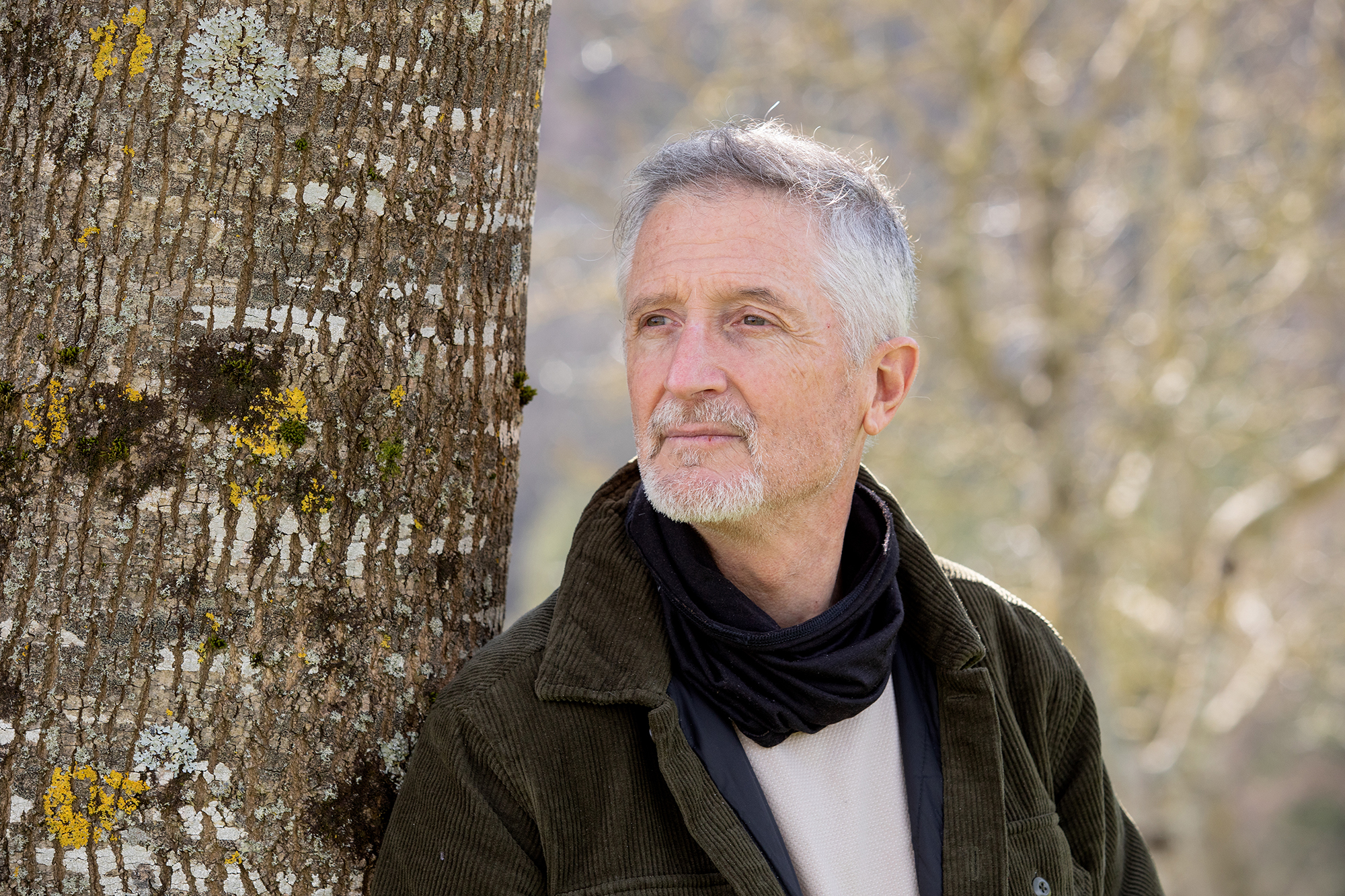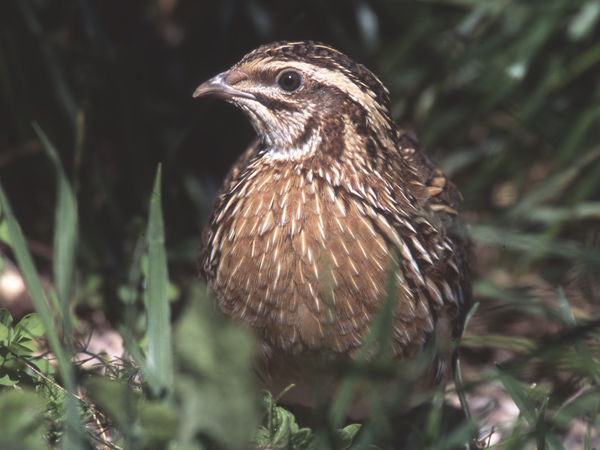The Zaragoza Public Prosecutor's Office begins investigating the large killing of birds caused by windmills
- It is known that wind farms kill many types of birds. Now, in the Autonomous Community of Aragon, the Zaragoza Public Prosecutor's Office has opened a study to determine whether the high mortality of birds in these parks can be a crime against the environment.

Windmill slopes kill more than sixteen raptors and scavengers weekly in Aragon, and already begin to suffer ecosystem effects, which are key in clearing the mountain and controlling insect pests.
According to official data from the Government of Aragon, between 2021 and 2022, 1,463 raptors and scavengers arrived dead at the Wildlife Recovery Center of La Alfranca (Zaragoza) trapped by windmills. Of these, the majority are lions (806), followed by hawks (194), eagles (194) and thousands (183). Eagles 23 include black eagles and an endangered partridge eagle.
The miracle king in danger of extinction has also been hit hard by the windmills and in the last two years 34 wind farms in Aragon have found 68 dead, according to data from environmental associations Ansar and friends of the Earth. However, they consider that they are much more, as there are currently 161 wind plants in that community.
In the future the situation may be worse, since 134 wind parts will be built in the Community and in addition to the quantity, the fins of these windmills reach 70 metres, with the risk of increasing mortality. In Navarra, for example, the Cavar de las Bardenas Wind Park killed 160 large birds and 27 chiroptera in eleven months – July 2020 June 2021.
Worse real impact
The incidence of this mortality rate in birds is, however, worse than the data. On the one hand, the reports mentioned are a consequence of the fortnightly explorations carried out in wind farms, but during this period the scavengers have already eliminated many other dead birds.
On the other hand, if birds die in breeding season, the consequences are much more serious. This period is from January to June for vultures and from February to June for other birds. During this time the hunting male and the female takes care of the nest and feeds the offspring. If wind mills kill a female, the males can't feed the pups, and if they kill the male, the female must leave the nest leaving her pups in danger. All these effects are not recorded in the data.
Fewer predators, more pests
The influence of all these types of birds on biodiversity is known, both to clean the float forests and to control insect pests. Hawks control the populations of rats and topo, eagles eat 180 kilos of meat a year, many rabbits, a bat can eat 1,200 mosquitoes in one hour and in one night eat their weight in insects.
The number of deaths from the slopes of windmills in bats is high. There is little research and therefore little data, but in the reports made in the two wind farms in the province of Zaragoza, the wind slopes killed at least 424 topo in one year, while 111 birds died in those two parks, four times more bats. Environmental associations are therefore increasingly concerned about the negative impact of wind mills on biodiversity. With the investigation that has just been opened, we have to see the prosecution’s attitude to it.
This news is based on the report of the journalist of the newspaper Eduardo Bayona.
Eskola inguruko natur guneak aztertu dituzte Hernaniko Lehen Hezkuntzako bost ikastetxeetako ikasleek. Helburua, bikoitza: klima larrialdiari aurre egiteko eremu horiek identifikatu eta kontserbatzea batetik, eta hezkuntzarako erabiltzea, bestetik. Eskola bakoitzak natur eremu... [+]
Andeetako Altiplanoan, qocha deituriko aintzirak sortzen hasi dira inken antzinako teknikak erabilita, aldaketa klimatikoari eta sikateei aurre egiteko. Ura “erein eta uztatzea” esaten diote: ura lurrean infiltratzen da eta horrek bizia ekartzen dio inguruari. Peruko... [+]
Biologian doktorea, CESIC Zientzia Ikerketen Kontseilu Nagusiko ikerlaria eta Madrilgo Rey Juan Carlos unibertsitateko irakaslea, Fernando Valladares (Mar del Plata, 1965) klima aldaketa eta ingurumen gaietan Espainiako Estatuko ahots kritiko ezagunenetako bat da. Urteak... [+]
Nola azaldu 10-12 urteko ikasleei bioaniztasunaren galerak eta klima aldaketaren ondorioek duten larritasuna, “ez dago ezer egiterik” ideia alboratu eta planetaren alde elkarrekin zer egin dezakegun gogoetatzeko? Fernando Valladares biologoak hainbat gako eman dizkie... [+]






















